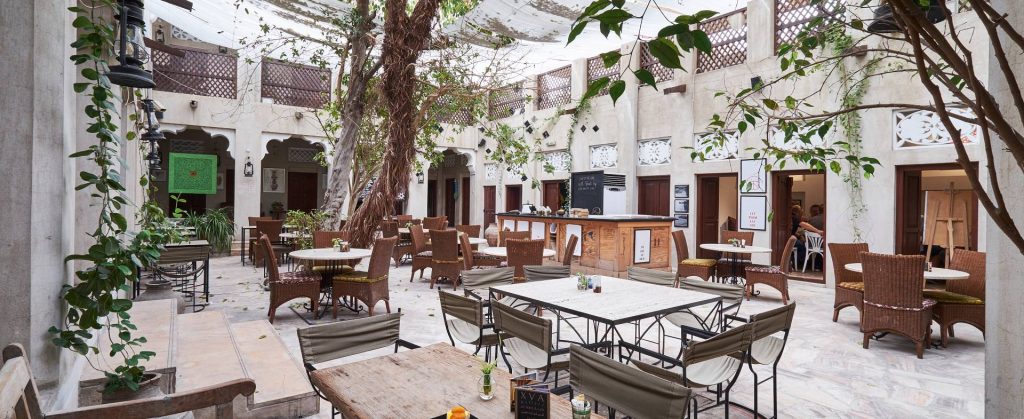I meet with David at the Portland Gallery near The Ritz. He’s upbeat and chirpy, but says he’s a bit tired after two consecutive exhibition nights. “I absolutely adore the human figure,” exclaims David. “I want to make pieces that hit you in the pit of the stomach, that stops and arrests you.” The sculptor has certainly succeeded with this in his latest exhibition, ELEMENTAL, his first major one in London in a decade.
We sit surrounded by his stunning pieces, girls who are twirling around; their bodies and movements shaped by wind and rain; stretching for something beyond sight, or comfortably enclosed within themselves. The so called “umbrella girls” lean in one direction while being safely held in the negative space around them by their umbrellas. It is a strikingly unique way of portraying female energy, their sheer beauty breathtaking.
“I can tell when I’m making something good by a deep emotional feeling. I forget everything and reach a state of bliss – it’s totally instinctive. I can’t explain it,” says David, “other than the adrenaline high and feeling of being completely drained of energy afterwards,” he adds. David takes a few moments before carefully answering my questions.
David grew up in a family full of artists and tells me he was exposed early on to what beauty was about when he was dragged around the Louvre at the age of four. That his upbringing trained the eye and that he used to draw a lot as a child. Today he soaks up as much as he can of all kinds of art forms for inspiration: literature, classical music and particularly opera, music festivals, paintings, objects, history, landscapes, the outdoors and the sea.
Cumbria-based David tells me he got the inspiration for the umbrella figures in the underground at Victoria. As the train rushed pass, he caught a glimpse of a picture of Gabrielle Aplin holding an umbrella. The image stayed in his mind and later shaped the weather theme represented in his latest works.
“Suddenly with a model I see something that will grab me, an idea. You don’t really know what will come out of it until you start working with them. It’s has a lot to do with the relationship between the artist and the muse and what they bring to it,” he says thoughtfully, and adds frankly: “I’m always surprised by the women I end up working with as models; they are not necessarily the ones that others would choose.”
There is something profoundly youthful about David, mixed with the experience that comes with age an aura of quiet energy. His advice to aspiring artists is to draw, work hard, not to worry about it if the enthusiasm and will is there, and, to paraphrase Nike: to ‘just do it’.
I ask him what he would like to achieve next in his career, and his response is quick: “A really big public piece.” David has done several public works in Hong Kong, Japan and Europe previously. He says he is excited to work with new patination techniques and a variety of colour. Does he consider his own work to be unique? “Yes and no. I only aim to do something really good, different and intense. The biggest joy as an artist is to observe people,” he points out.
When I leave the gallery and head out into the December cold it strikes me what a warm presence David has. Something that inevitably has given birth to and infused the female sculptures, who seem to come alive before the gaze of their observer, within their own space and on their own terms.
by Karin Wasteson, karinw@thesybarite.org








